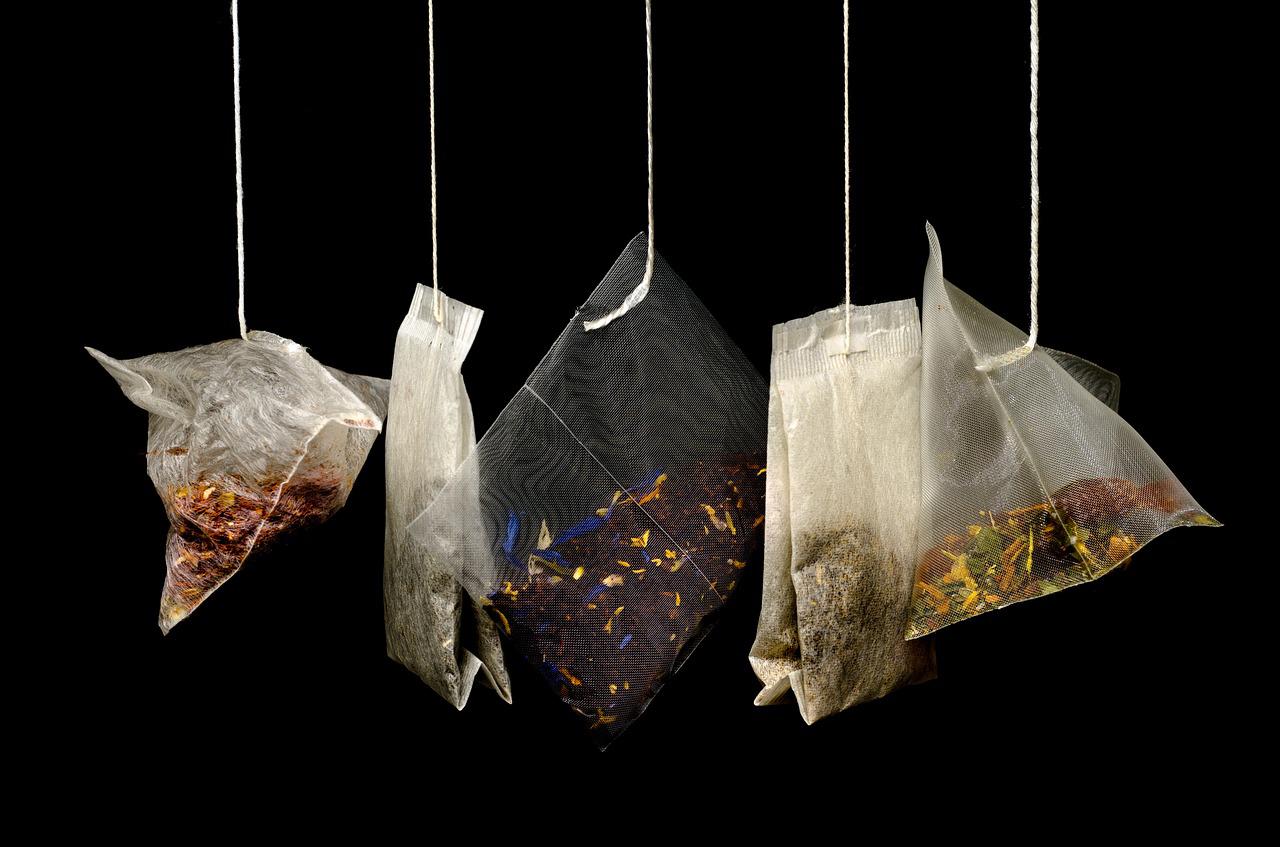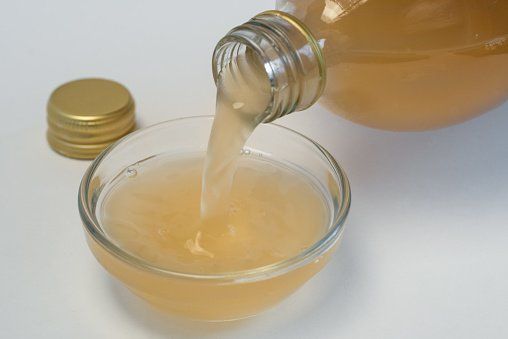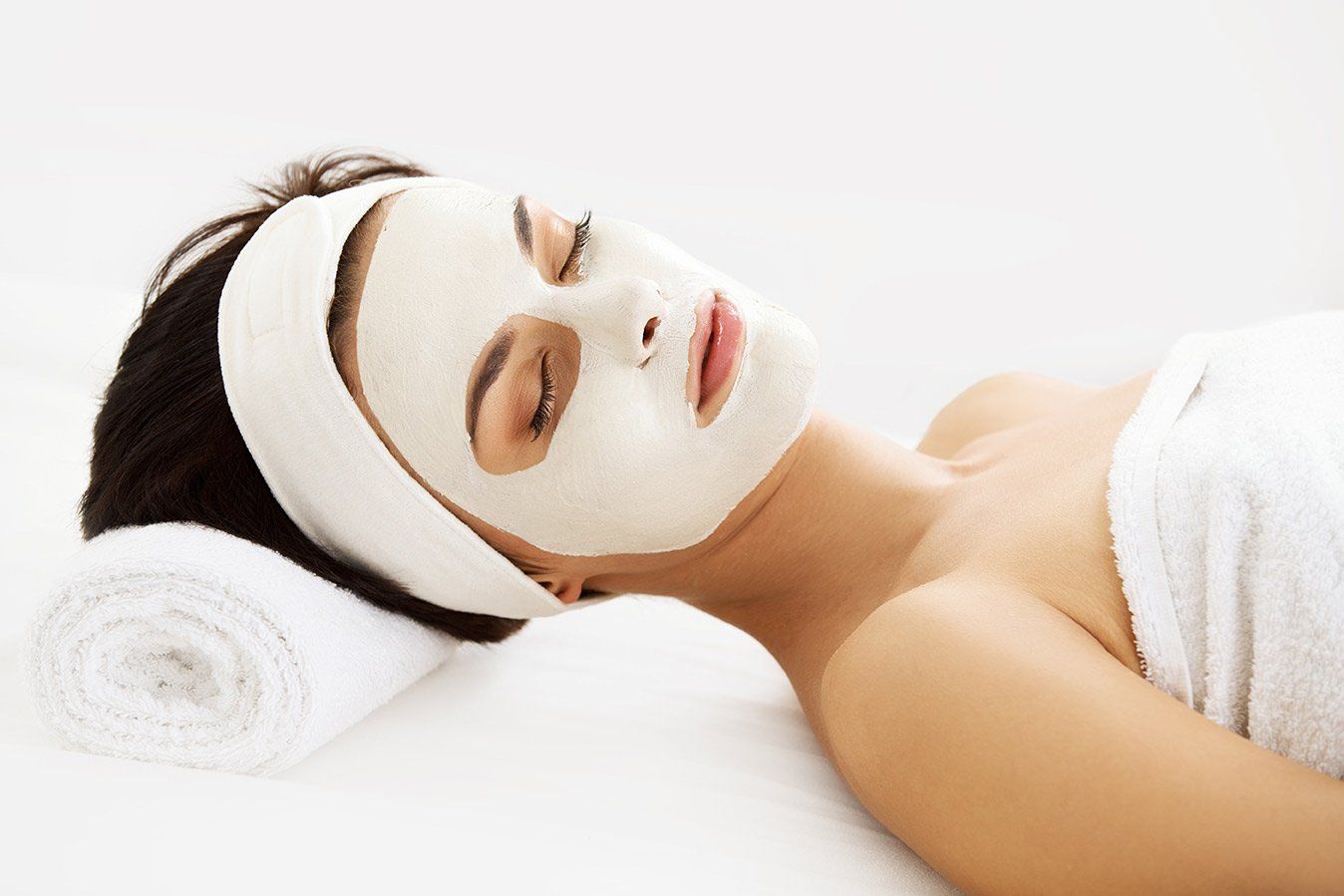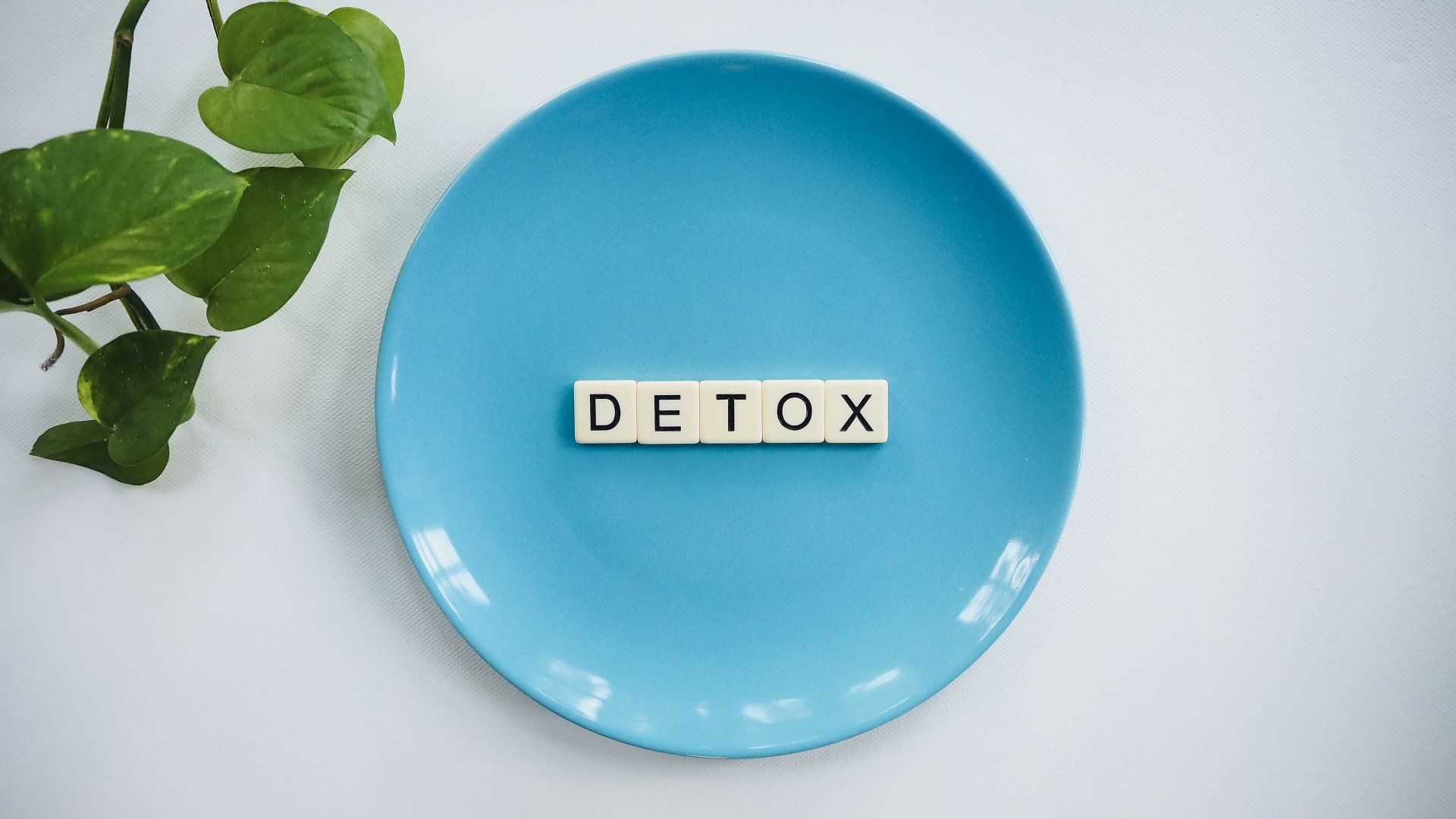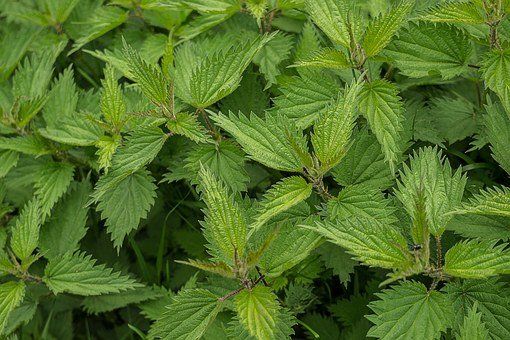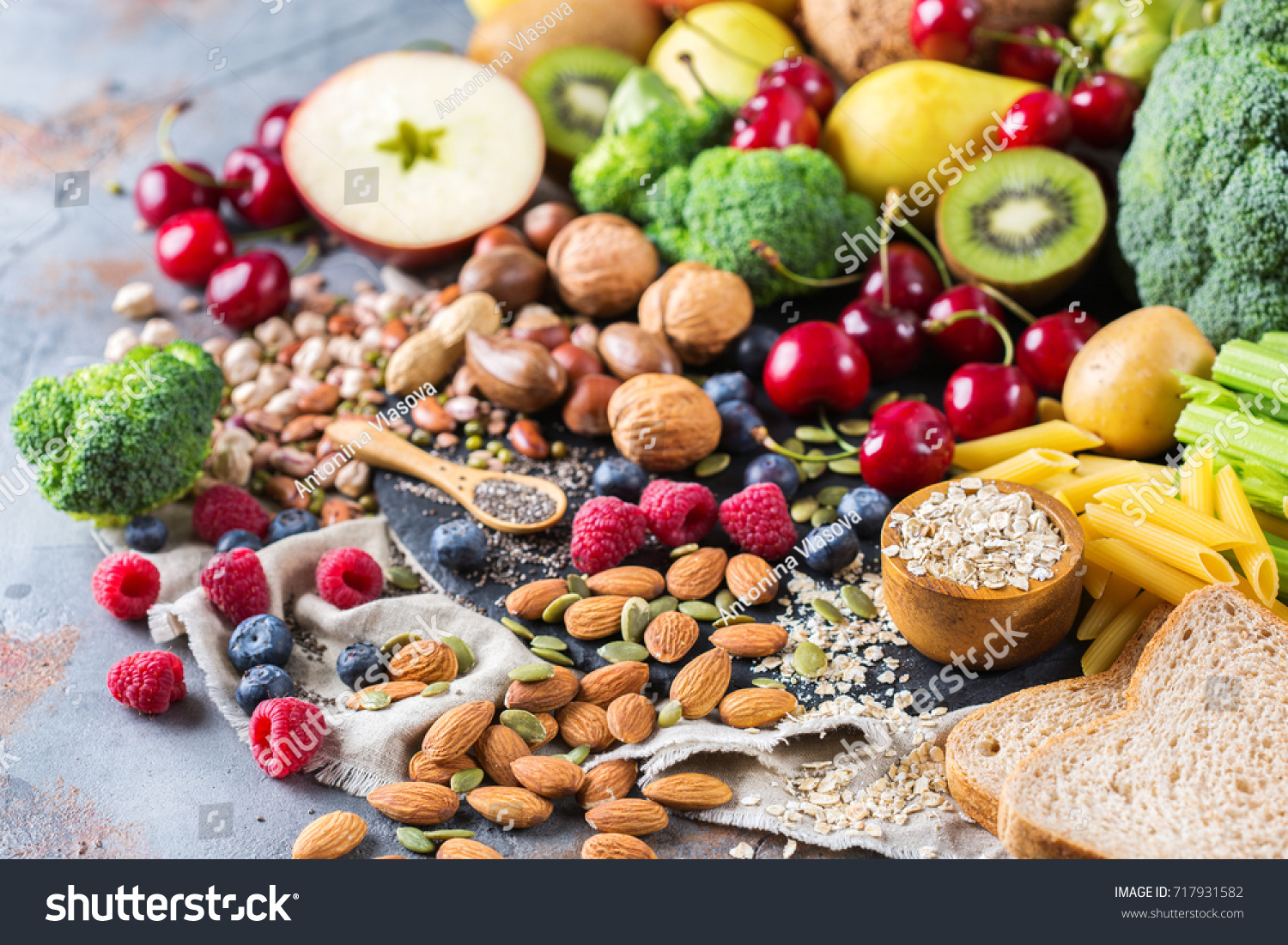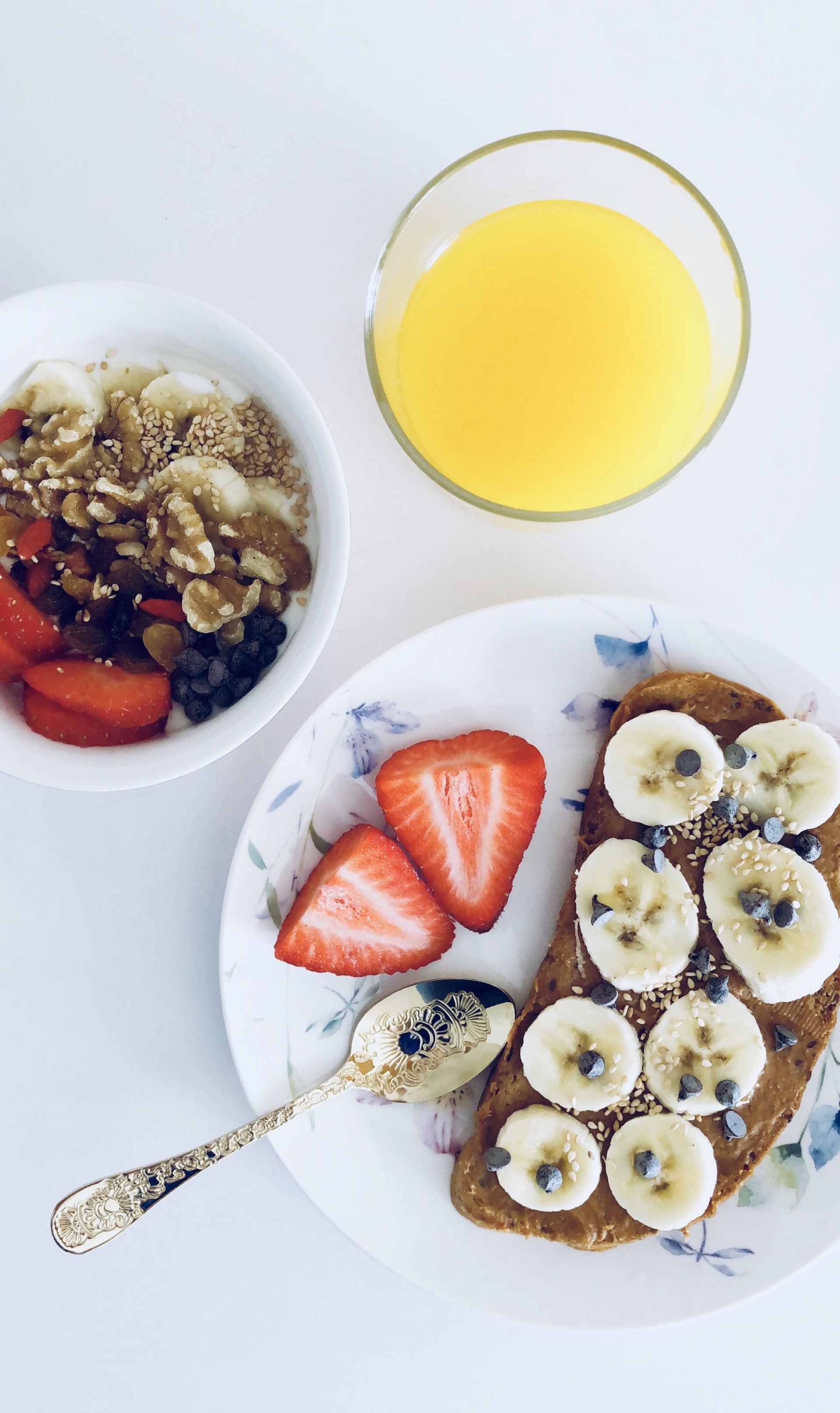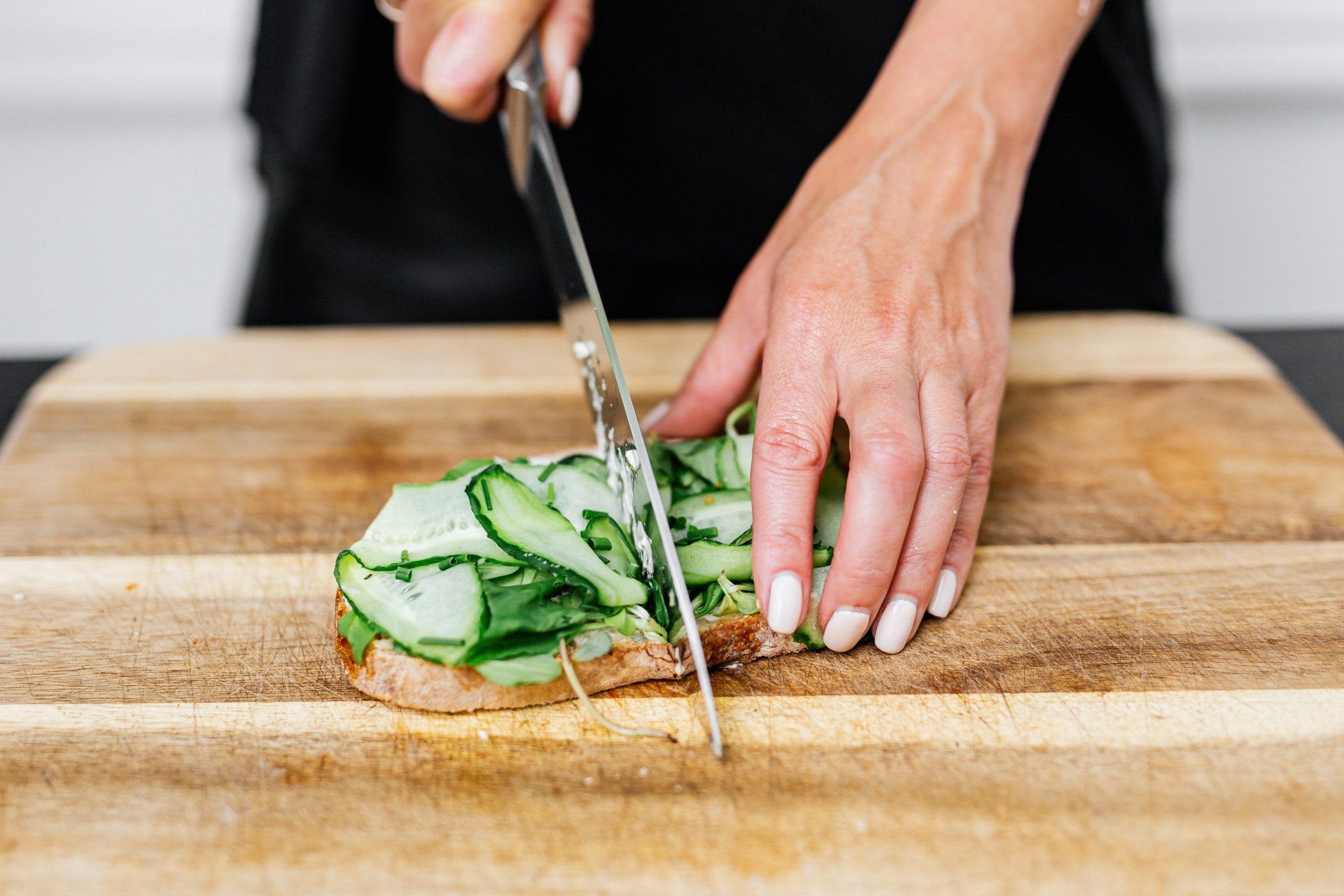Herbal And Nutritional Therapies for Psoriasis
Psoriasis is a chronic, inflammatory, autoimmune skin disorder characterized by scaling, itchy and or painful plaques that may or may not involve joints, nails and other connective tissue. Currently, the cause of psoriasis is unknown, but several theories have been posited to explain its underlying etiology. Some factors that contribute to the development of psoriasis include: genetic predisposition, immunological dysfunction, dysbiotic gut microflora, environmental toxicity, obesity and nutritional factors. Gluten sensitivity, poor vitamin D status, lack of essential fatty acids, excessive alcohol and smoking are all contributing factors. More than half of a group of patients with psoriasis tested positive for human herpes virus 8 (HHV-8), suggesting infection might play a role in the etiology of the disease. Infections with fungal organisms, such as pityosporum, (the same organism responsible for seborrheic dermatitis, dandruff and perioral dermatitis) or candidiasis may be another contributing factor.
- B6, B12 and Folic acid. Patients with psoriasis may have a tendency to hyperhomocysteinemia, which may predispose to higher cardiovascular risk. Serum blood test for hyperhomocysteinemia.
- Antioxidants Coenzyme Q10 (ubiquinone acetate, 50 mg/d), vitamin E (natural alpha-tocopherol, 50 mg/d), and selenium (aspartate salt, 48 mug/d) for 30-35 days, were found to be beneficial.
- Eliminate Candida Psoriatic patients had increased colonization of yeast in the gut by 93% compared to 25% of the controls. Candida colonization of the gut and altered immune reactivity may be one of the predisposing factors to psoriasis.
- Saccharomyces boulardii, colostrum (There is a protective role of IgA with respect to psoriasis. IgA may be important in stimulating the “off switches” of psoriasis. Saccharomyces boulardii and Colostrum both increase IgA)
- Turmeric (Anti-inflammatory – Use high dose Curcumin—Curamed by EuroPharma is excellent)
- Coleus forskholi (activates cAMP adenylate cyclase system—responsible for cell turnover rates)
- Milk thistle (esp. if elevated liver enzymes and alcoholism as an underlying cause)
TOPICAL HERBALS
Oregon grape root
Oregon grape root (Mahonia aquifolium) was the subject of three clinical trials. 10% topical cream (Relieva) was found to be safe and effective for mild to moderate psoriasis. A commercial product, Psoriaflora cream made by B&T has a similar use.
Indigo
Indigo or Qing Dai Fen is an herb used in TCM – cold, salty and enters the lung, stomach and liver meridians. An ointment made with Indigo naturalis showed clearance or near clearance of plaque-type psoriasis in 74% of patients in a recent clinical trial. A similar herb used in Western herbalism is Baptisia tinctoria, also called Wild Indigo, since both plants yield a blue dye. The bitter-tasting root clears heat, reduces infections and is used for wounds, eczema and skin ulcers. It is emetic and purgative in large amounts. A favorite of the Eclectics, it is used for sore throats with dark purplish mucous membranes. According to King’s Dispensatory, baptisia is used for “putrid ulcerations of the mucous membranes , nasal polyps and offensive breath”. Historically used for diphtheria, still used today for tonsillitis, swollen lymph glands and sore throats. Clearly this herb is an alterative and ant-infective agent. While no studies exist, baptisia may be a good option for topical use.
Aloe vera
Aloe was found to be more effective than a steroid cream Patients treated with aloe vera had a significantly greater reduction in the Psoriasis Area and Severity Index (PASI) after eight weeks of treatment, 70% aloe vera cream or 0.1% triamcinolone acetonide. The primary outcome was the change in PASI score from baseline to eight weeks. At the end of the study, the PASI score decreased by an average of 7.7 points in the aloe vera group and 6.6 in the patients treated with the topical steroid. The difference was statistically significant (P=0.0237), although the 95% confidence intervals crossed 1.0 (2.13 to -0.16). The change in disease-related quality of life scores did not differ significantly between groups. No patient in either group had complete clearance of psoriasis lesions. Six patients (16.2%) in the aloe vera group had PASI 75 responses compared with four (10.5%) in the steroid group. More patients treated with the topical steroid had PASI 50 responses (66% versus 54%).
Capsaicin
Patients applied capsaicin 0.025% cream (n = 98) or vehicle (n = 99) four times a day for 6 weeks in this double-blind study. Capsaicin-treated patients demonstrated significantly greater improvement in global evaluation (p = 0.024 after 4 weeks and p = 0.030 after 6 weeks) and in pruritus (itching) relief (p = 0.002 and p = 0.060, respectively), as well as a significantly greater reduction in combined psoriasis severity scores (p = 0.030 and p = 0.036, respectively). Capsaicin modulates substance P.
OTHER TOPICAL TREATMENTS
Vitamin D3
Synthetic vitamin D analog creams are a standard topical treatment for psoriasis. Natural vitamin D3 can also be incorporated into a cream. Use a liquid vitamin D3 and mix with aloe vera gel or other carrier.
Topical Fish Oil
In one study fish oil (FO) was compared with liquid paraffin (LP); both were topically applied and administered daily for 6 h under an occlusive dressing over a 4-week period. Evaluations were performed weekly assessing erythema, scaling, plaque thickness (induration) and itching. The results showed statistically significant improvement in erythema and scaling for both treatments compared to basal values; significant differences between treatments were achieved in scaling but not in erythema. Compared to baseline, FO significantly improved plaque thickness while LP did not. After 4 weeks, FO proved to be significantly better than LP.
B12-Avocado cream
Compared with standard Vitamin D-3 analog cream, this propriety combination was found to be effective.
Other topical remedies with positive clinical results include: caffeine (10%)—mild itching as side effect; sea water from the Dead Sea; Vitamin A; urea and coal tar (1% worked best).
According to the National Institute of Health (NIH), between 5.8 and 7.5 million persons in the U.S.–approximately 2.2% of the population–have psoriasis; worldwide, it affects an estimated 125 million people. The annual incidence of psoriasis almost doubled between the 1970s and 2000. The reasons for this increase in incidence are currently unknown. Typically, the psoriasis patient has more than one health concern. Obesity, metabolic syndrome, hyperlipidemia, arthritis and depression are all common co-existing conditions. Elevated homocysteine levels are frequent in patients with chronic immune-mediated disorders such as psoriasis.
From the standpoint of natural healing, the psoriasis patient is metabolically challenged with toxic excesses as well as deficiencies. Traditional medical systems classify psoriasis as several types. In the Western herbal tradition, psoriasis is thought of as a toxic condition—especially toxicity residing in the liver / colon. Blood purifiers (alteratives) and laxatives are the main treatment. Traditional Western herbs for psoriasis include: burdock root and seed, yellow dock, Oregon grape root, barberry, blue flag, sarsaparilla, red clover and nettles. Few of these have been clinically studied. There is some evidence that psoriasis is the result of endotoxins formed in the gut by dysbiotic bacteria and or candidiasis. One study found a statistically significant increase in gut candidiasis in psoriasis patients. Sarsaparilla is an herb shown to bind endotoxins in the gut, which may explain its usefulness in this skin condition.
In Ayurvedic medicine, psoriasis is classified as three distinct forms, depending on which dosha is aggravated. Pitta-type psoriasis is characterized by redness and swelling. This form is aggravated by sunlight and heat. Vata-type psoriasis is dry, scaly, itchy and often accompanied by other Vata symptoms, such as intestinal gas and constipation. It is made worse by wind, dryness and cold. Vata-type psoriasis responds to oils and ointments. Kapha-type psoriasis weeps, oozes, is itchy and inflamed. This form is aggravated by oils, cold weather and dampness. Herbs to treat Pitta-type psoriasis include bitter, cold herbs such as Oregon grape root and turmeric. Vata-type psoriasis needs oils, such as fish and flax oils and topical emollients such as aloe vera. Kapha-type psoriasis responds best to topical pastes and creams instead of ointments and is the form most in need of digestive support, such as warming spices.
NUTRITION PROTOCOL:
· Eliminate gluten, refined sugar, alcohol and smoking
· Address food sensitivities and eliminate reactive foods
· Supplement with Vitamin D3 -the skin is known as a target tissue for vitamin D. 1,25- dihydroxy vitamin D3 inhibits epidermal proliferation and promotes epidermal differentiation. Use high dose vitamin D3 supplementation, 2000 IU/day or more, based on blood test results.
· Fish Oil 20-30 mg day (4g/day min., high EPA)
· Inositol
Lithium carbonate is the most widely used long-term treatment for bipolar affective disorders, but its ability to trigger and exacerbate psoriasis can become a major problem in patients for whom lithium is the only treatment option. Inositol depletion underlies the action of lithium in bipolar affective disorders. The inositol supplements had a significantly beneficial effect on the psoriasis of patients taking lithium. No such effect was detected on the psoriasis of patients not on lithium. This study used 6g/day for 10 weeks to achieve an effect.
References
1. “A report on three recent clinical trials using Mahonia aquifolium 10% topical cream and a review of the worldwide clinical experience with Mahonia aquifolium for the treatment of plaque psoriasis.” Gulliver WP, Donsky HJ Am J Ther. 2005 Sep-Oct; 12(5):398-406.
2. “Clinical assessment of patients with recalcitrant psoriasis in a randomized, observer- blind, vehicle-controlled trial using indigo naturalis.“ Lin YK, Chang CJ, Chang YC, Wong WR, Chang SC, Pang JH. Arch Dermatol. 2008 Nov; 144(11):1457-
3. “A prospective randomized clinical trial comparing topical aloe vera with 0.1% triamcinolone acetonide in chronic plaque psoriasis” Choonhakarn C, et al International Congress of Dermatology 2009; Abstract P347.
4. “The effect of inositol supplements on the psoriasis of patients taking lithium: a randomized, placebo-controlled trial.“ Allan SJ, Kavanagh GM, Herd RM, Savin JA. Br J Dermatol. 2004 May; 150(5):966-9.
5. “High prevalence of human herpes virus 8 infection in psoriasis” Samoud S, et al International Congress of Dermatology, 2009; Abstract P358.</H2>7. “Response of scalp psoriasis to oral ketoconazole” Farr PM, Krause LB, Marks JM, Shuster S Lancet. 1985 Oct 26;2(8461):921- 2.
6. “A double-blind evaluation of topical capsaicin in pruritic psoriasis” Ellis CN, et al. J Am Acad Dermatol. 1993 Sep;29(3):438-42.
7. “Topical fish oil in psoriasis–a controlled and blind study” Escobar SO, Achenbach R, Iannantuono R, Torem V. Clin Exp Dermatol. 1992 May;17(3):159-62
8. “Vitamin B(12) cream containing avocado oil in the therapy of plaque psoriasis” Stücker M, et al. Dermatology. 2001;203(2):141-9. “Trends in incidence of adult-onset psoriasis over three decades: a population-based study”, Icen M, et.al., J Am Acad Dermatol. 2009 Mar;60(3):394-401.
10. “Plasma homocysteine and folate levels in patients with chronic plaque psoriasis”,Malerba M, et.al. . Br J Dermatol. 2007 Feb;156(2):410
